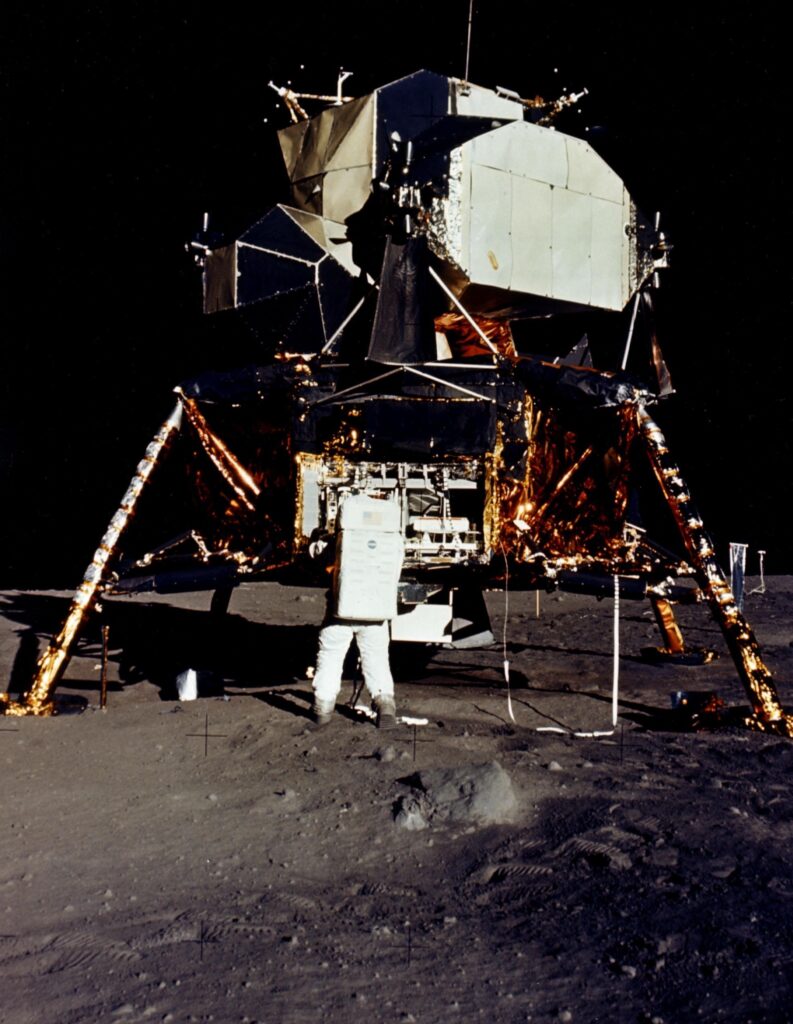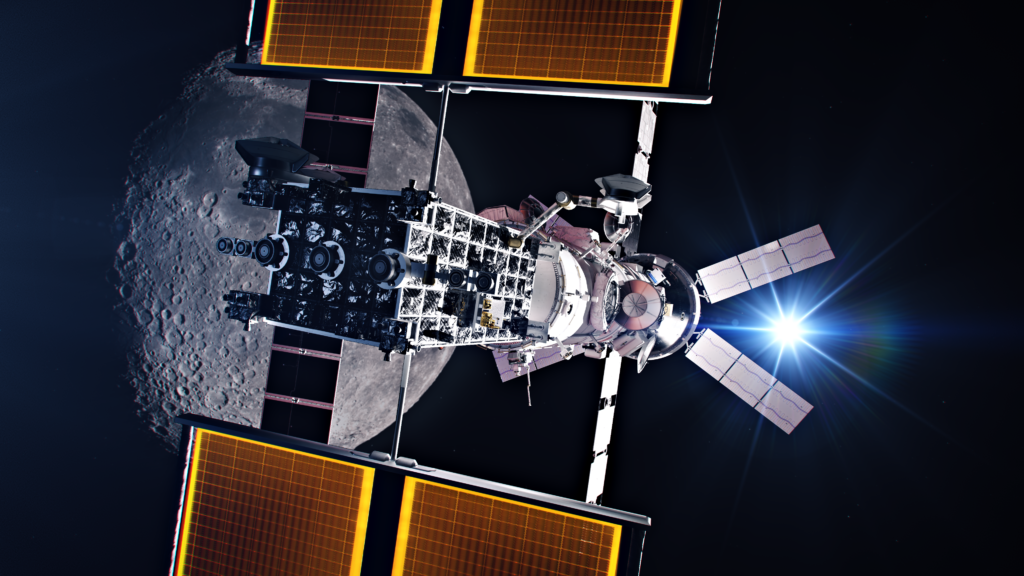On July 16, 1969, a rocket unlike any the world had seen thundered off the pad at Cape Kennedy. Four days later, two astronauts stepped into history.
Fifty-six years ago this week, Apollo 11 launched humanity beyond Earth’s cradle, and nothing has been the same since.
That moment—when Neil Armstrong’s boot hit the lunar dust—was not just an American achievement. It was a species-level leap. The Moon landing was the most watched, most daring, most improbable technological feat of the 20th century.
But it wasn’t just a television event. It changed how we think, how we build, how we dream.
A Short History of Apollo 11
Apollo 11 lifted off on July 16, 1969, carrying astronauts Neil Armstrong, Buzz Aldrin, and Michael Collins aboard the massive Saturn V rocket. After a three-day coast to lunar orbit, Armstrong and Aldrin descended in the Lunar Module “Eagle” and, on July 20, made history:
“That’s one small step for man, one giant leap for mankind.”
Armstrong’s words were broadcast to over 600 million people—roughly a fifth of the Earth’s population at the time.
The mission lasted just over eight days. The crew brought back 47.5 pounds of lunar rock, conducted experiments, and safely returned to Earth, splashing down on July 24.
But what they brought back was more than rocks. They brought back proof of possibility.

Why It Changed Everything
The Moon landing rewired global expectations about science and human potential. In less than a decade, the United States went from experimental capsules to walking on another world.
It drove innovation in:
-
Computing: The Apollo Guidance Computer was a leap in miniaturized, reliable hardware
-
Engineering: New alloys, fuel systems, and materials were born out of necessity
-
Telecommunications: Real-time space communication became not just possible—but standard
-
STEM inspiration: A generation of scientists and engineers point to 1969 as their spark
Perhaps most importantly, it gave us Earth—seen for the first time from space. The fragile blue planet. The pale dot we all call home.
Why Returning Matters More Than Ever
Today, the Artemis program is preparing to send humans back to the Moon. Not just to plant flags, but to build foundations.
NASA, in collaboration with international partners, aims to:
-
Establish a sustainable lunar base
-
Test new life support, habitat, and power systems
-
Launch future missions to Mars and beyond from lunar orbit
-
Inspire a new generation through visibility, inclusion, and exploration
This time, it’s not just about proving we can go.
It’s about building what comes next.
And that’s why remembering Apollo isn’t nostalgia—it’s motivation.
What Apollo Taught Us, and Artemis Must Prove
Apollo taught us that the impossible is possible. That science, ambition, and collective will can reach beyond gravity.
Artemis must now prove that we can go further, stay longer, and build a future not just in space—but from it.
Because this time, we aren’t just visiting. We’re laying the groundwork for humanity’s next chapter.
Final Thought
The 1969 Moon landing showed us what we’re capable of. The Artemis missions will show us what we’re ready for.
As we honor Apollo 11’s legacy, let’s keep our eyes on the horizon—and both feet, eventually, back on the Moon.
Before The Moon is more than a documentary—it’s a preservation effort. It’s about remembering the engineers, test pilots, and small-town innovators who helped launch America into space.
If this story moved you—even a little—we invite you to help us keep it alive:
• Visit BeforeTheMoonFilm.com
• Follow the journey on Facebook
• Support the film and the organizations preserving this history
Because before we walked on the Moon… we spun in Warminster. And the world should remember why.



Leave a Reply